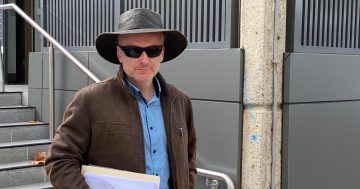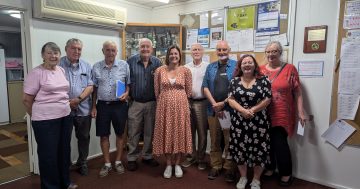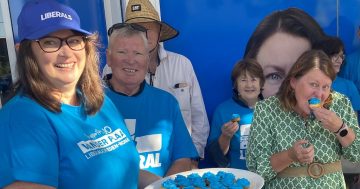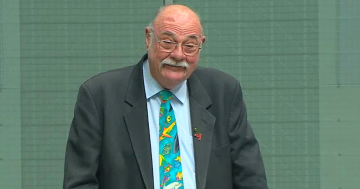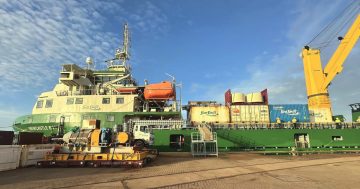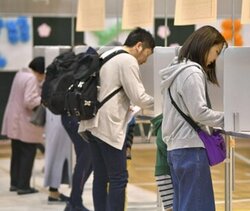 Japan’s Local Governments have seized on a national plan to expand public funding for campaign expenses to Town and Village Assembly elections as a way of attracting more people to run for office.
Japan’s Local Governments have seized on a national plan to expand public funding for campaign expenses to Town and Village Assembly elections as a way of attracting more people to run for office.
A senior official at the National Association of Chairpersons of Town and Village Assemblies expressed hopes for an increase in the number of candidates.
“We hope it will help resolve the shortage of people who want to become Assembly members,” the official said.
In the last Local Government elections, held in 2019, the share of seats that were won without a contest reached 23.3 per cent, matching a record high.
Eight Town and Village Assemblies were unable to fill all seats in 2019, up from four at the previous elections in 2015.
In a public opinion survey conducted in 2021 by the Association and other groups, 69.1 per cent of respondents pointed to the costs and procedures for running for office as deterrents, suggesting that concerns over financial strains associated with election campaigns were a key factor behind the shortage of candidates.
According to the July 2021 survey, the average age of Town and Village Assembly members was 64.8 years.
By age group, those who were 25 years old or over and under 50 accounted for 9.6 per cent, far lower than 40.5 per cent for those in their 60s and 34 per cent for those in their 70s.
The share of women also remained low, at 11.6 per cent.
However, high campaign costs are only one of the reasons for the dearth of candidates – low remuneration has been cited as another big factor.
The average monthly remuneration of Town and Village Assembly members stands at around ¥200,000 ($A2,111), lower than about ¥400,000 ($A4,223) for City Assembly members and the roughly ¥800,000 ($A8,446) earned by Prefectural Assembly members.
Tokyo, 4 November 2022


